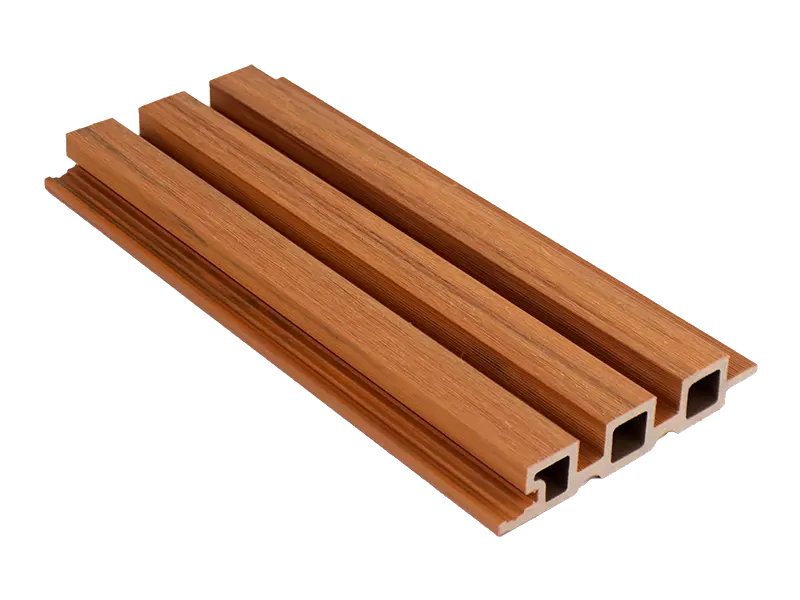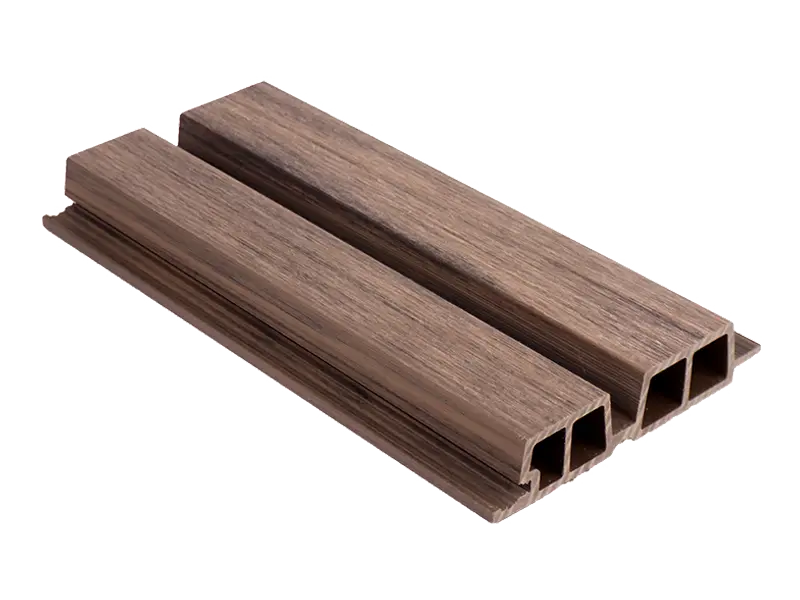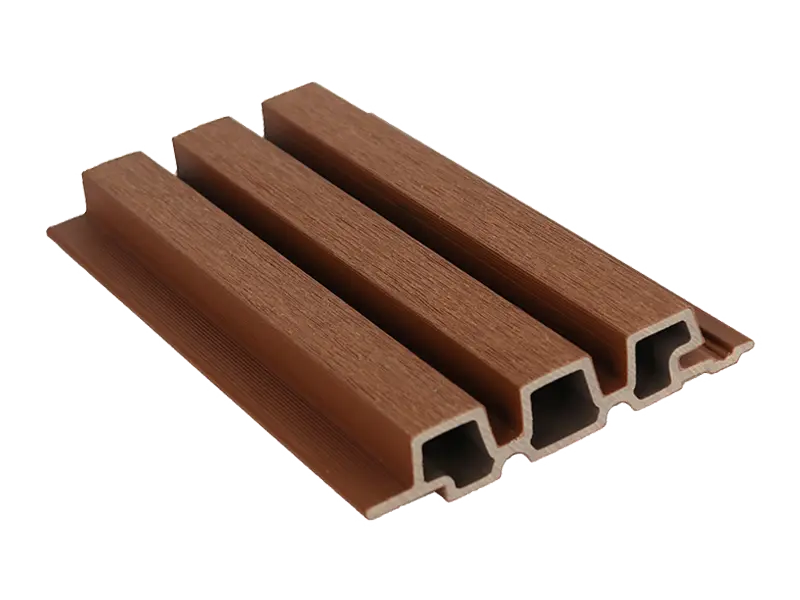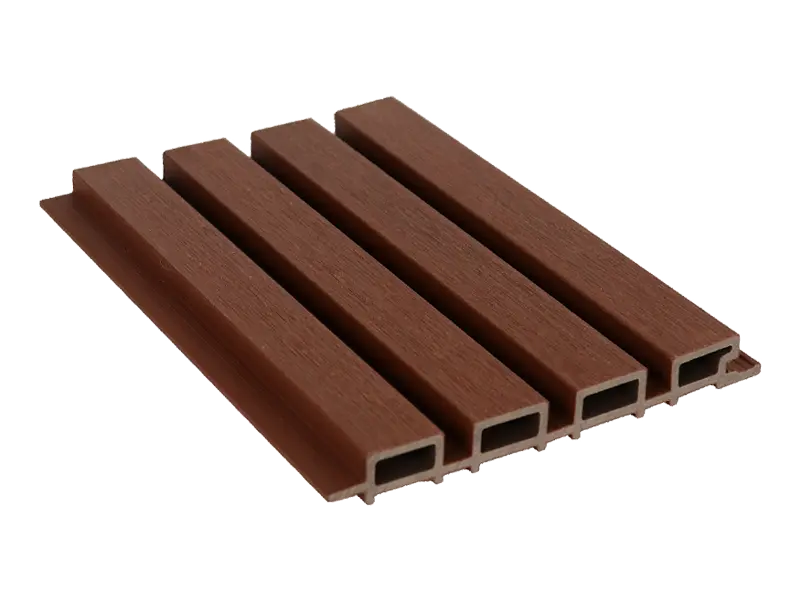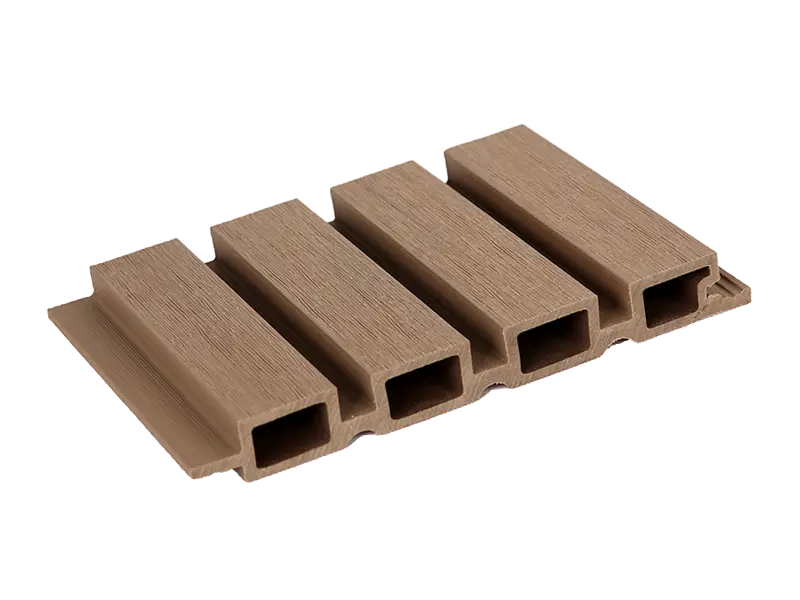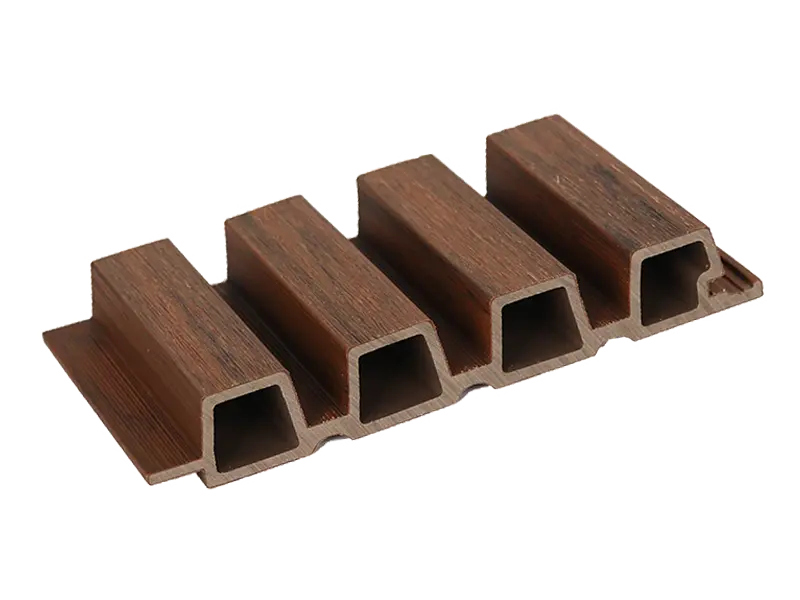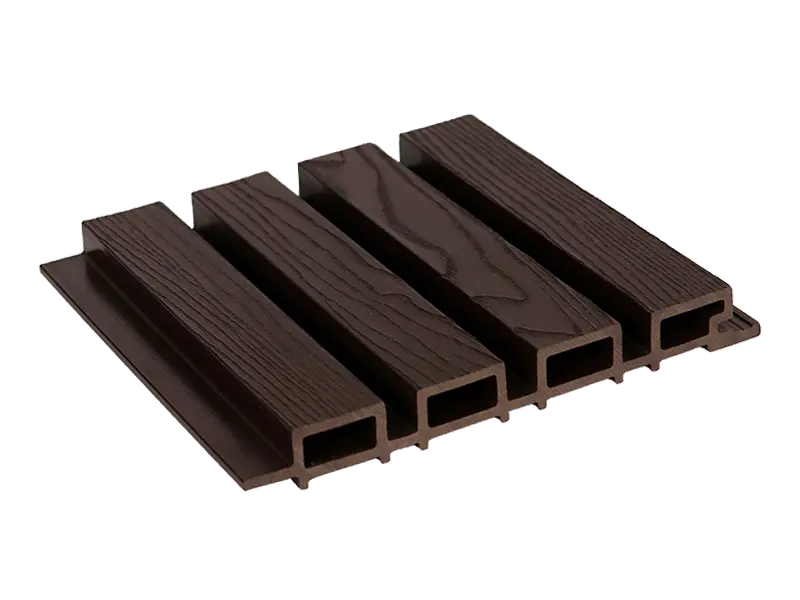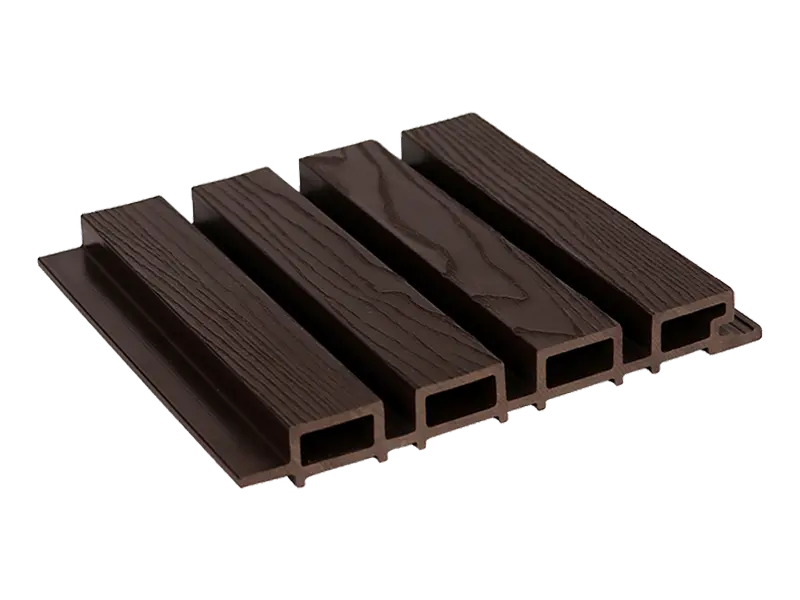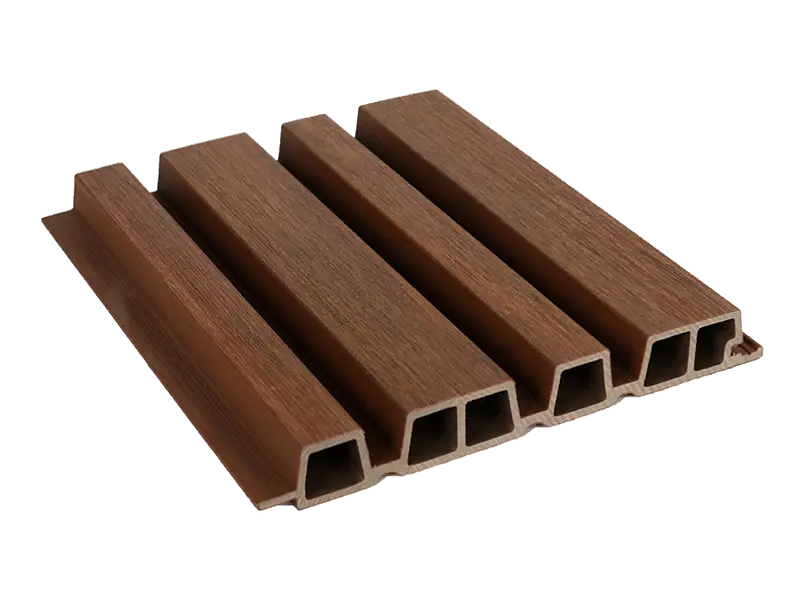Composite Wall Panel
Premium Composite Wall Panel – Waterproof & Low-Maintenance Cladding Solution
Upgrade your surfaces with WPC Wall Panel, the modern alternative to traditional cladding. Our composite wall cladding combines natural wood aesthetics with unbeatable durability:
- 100% Waterproof Core – Special co-extruded shell prevents liquid absorption (wine, drinks wipe clean instantly)
- Snap-Free Installation – Simple screw-fastened system saves 50% labor vs traditional panels
- All-Weather Protection – Anti-corrosion, moisture-proof, and UV-resistant for long-term performance
- Architectural Benefits – Enhances buildings with thermal insulation, noise reduction, and dimensional stability
Unlike conventional wood-plastic panels, our composite wall panels offer:
- Warp-proof construction
- Scratch-resistant surface
- Maintenance-free longevity
Available in wood-grain textures that rival real timber – without the upkeep.
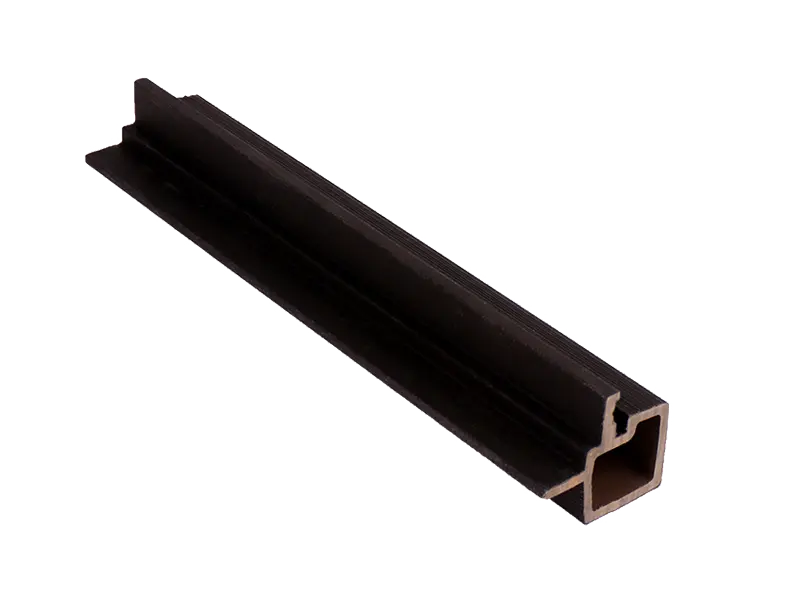
58.5×52.5mm
Advantages of Composite Wall Panel

Excellent Durability
WPC wall panels are known for their strength and durability, making them a long-lasting option for both interior and exterior wall cladding. Furthermore, WPC wall panels also typically need minimal maintenance versus traditional wood panels since they are resistant to rot and decay, meaning they can be easily cleaned with soap and water.

Weather Resistance
Another influential factor when it comes to the value of WPC is their ability to withstand harsh weather conditions. As a result, they are highly suitable for both indoor and outdoor applications.

Aesthetics
WPC wall panels come in a variety of colors, textures, and finishes, allowing for a wide range of design possibilities to enhance the visual appeal of any space.

Sustainability
WPC is made from recycled materials, making it a sustainable alternative to many other paneling options. This helps minimize the impact on the environment while still providing an excellent solution that can stand the test of time.

Low Maintenance
WPC wall panels are designed for minimal upkeep. Unlike wood panels that often require regular painting, sealing, or staining, it maintain their appearance with minimal effort. Regular cleaning with a mild detergent and water is usually sufficient to keep them looking pristine.
Parameters of Composite Wall Panel
Advantages of Composite Wall Panel
Home Decoration
Commercial Space
Public Facilities
Outdoor Decoration
Why Choose Us?
Strong and Professional WPC Factory

OEM/ODM Service
We offer WPC decking, DIY tiles, wall cladding, fencing, panels, and outdoor furniture, with custom OEM/ODM solutions tailored to your specifications.
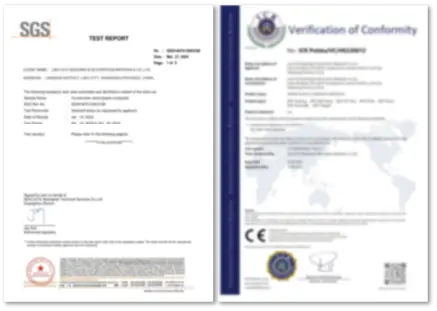
20+ Years of Expertise
Global Market Reach
SGS & CE Certified
Our products meet top quality and safety standards, backed by SGS and CE certifications.
Why Choose Us?
Strong and Professional WPC Factory

OEM/ODM Service
We offer WPC decking, DIY tiles, wall cladding, fencing, panels, and outdoor furniture, with custom OEM/ODM solutions tailored to your specifications.

SGS & CE Certified
Our products meet top quality and safety standards, backed by SGS and CE certifications.
20+ Years of Expertise
Global Market Reach
The production process of Composite wall Cladding
WPC wall cladding are composite materials made by mixing wood fibers, HDPE and other additives, the following is the general manufacturing process of WPC wall panels:
Raw Material Preparation
First, wood fibers, HDPE and other additives need to be prepared as the main raw materials.
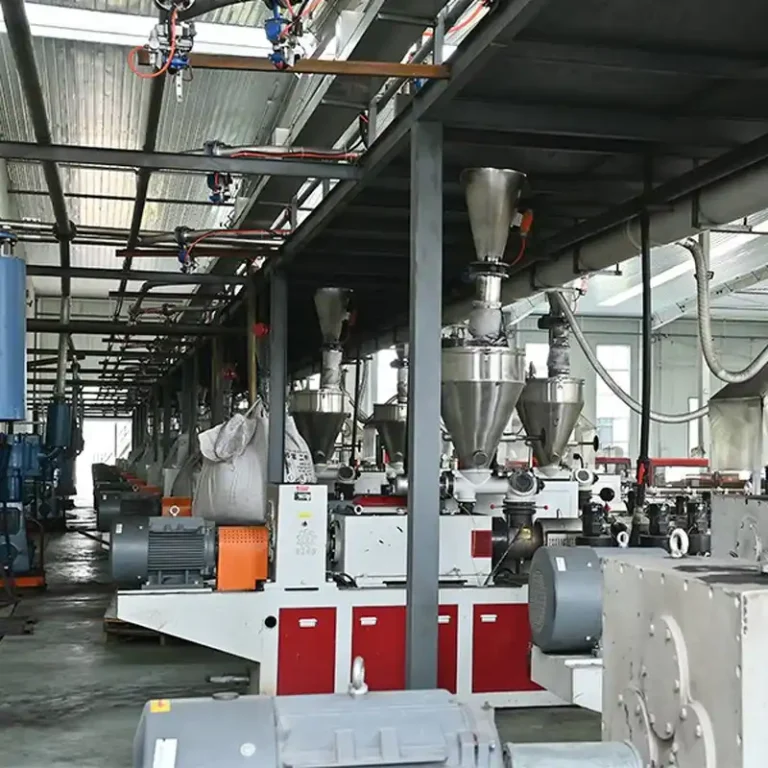
Material Mixing
The wood fibers, HDPE and additives are fed into a mixer or extruder for mixing. In this step, by adjusting the proportion of additives and mixing time, ensure that the wood fibers, HDPE and additives are fully mixed and even.
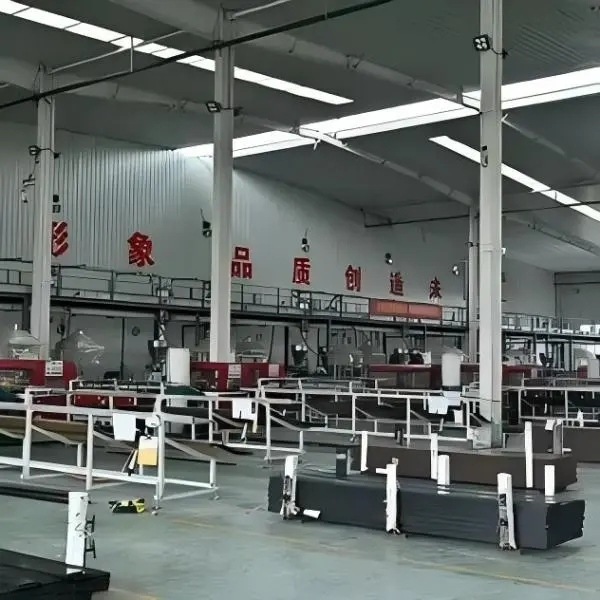
Extrusion Molding
The mixed WPC material is extruded into a wallboard of a specific shape through an extruder. The extruder heats the material to a temperature where it becomes malleable, then squeezes it through a die to create the shape of the wallboard.
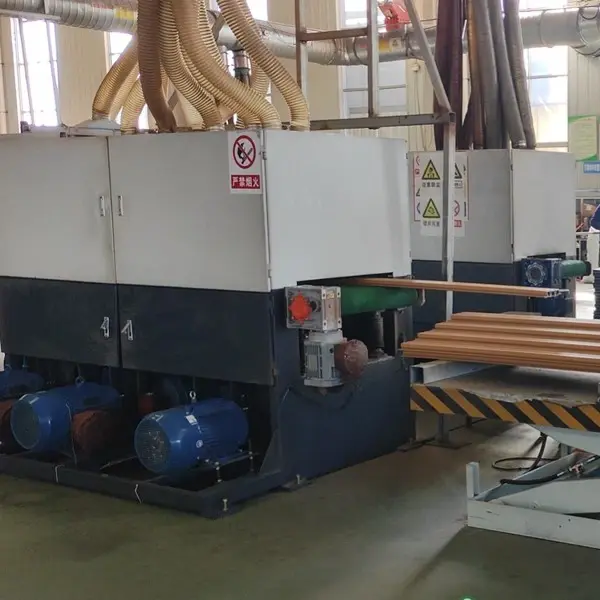
Cooling and Solidification
The extruded WPC wallboard goes through a cooling process to make it solidify and stabilize. During the extrusion process, the shape of the wall panels remains stable.
Cutting and Shaping
The extruded WPC wall panels are cut to the required length, shaped and trimmed in order to get the final wall panel product.
Surface Treatment
As required, WPC wall panels can be finished with surface treatments such as printing, embossing or painting to provide different textures and patterns.
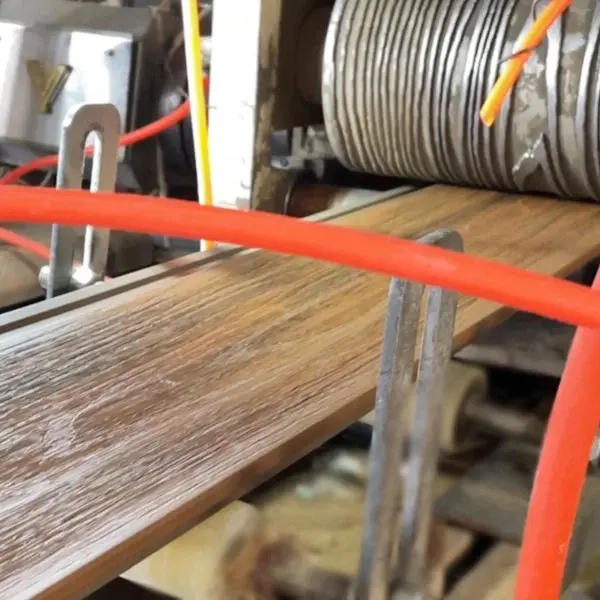
Packaging and Shipping
Finally, the finished WPC wall panels are packed and ready to be shipped to the market or customers.
Installation Guide of Composite Wall Panel
Fixing the Starter Panel
The installation process begins with the starter panel. This is a crucial step as it sets the tone for the rest of the panels. Align the first panel with your guide lines, ensuring it’s perfectly level. If your panels have a tongue and groove system, make sure the tongue side is facing up or towards the direction you will continue installing. Secure the panel to the wall using screws, drilling them into the wall studs for a firm hold.
Sequential Installation
After the first panel is in place, continue with the next one, fitting it into the groove of the starter panel. Apply gentle pressure to ensure a tight fit. For additional support, you can use adhesive along with screws. Continue this process, ensuring each panel is level and flush with the previous one. Remember to stagger the joints for a more natural and aesthetically pleasing look.
Handling Corners and Edges
Corners and edges require special attention. Measure and cut the panels to fit these areas precisely. If your room has inside corners, you may need to use corner trims for a neat finish. For outside corners, miter cutting the panels for a seamless join is an effective approach.
Caulking and Sanding
Once all panels are installed, inspect the wall for any gaps or seams. Use caulk to fill these in for a smooth, uniform appearance. If necessary, lightly sand the surface for a flawless finish. Be sure to clean off any dust or debris afterward.
Frequently Asked Questions
In principle a 20ft container, but also able to ship in small quantities according to your needs.In addition, make special size when ordered more than 2000 ㎡ one time.
Yes, samples are free, but you need to pay for shipping.
We are in Linyi city, shandong province, very near to Qingdao port.It's very convenient for you to ship goods.
Always a pre-production sample before bulk production.Always final Inspection before shipment.
WPC siding is a synthetic material made by mixing wood powder and plastic, while solid wood siding is made of natural solid wood. WPC siding is more resistant to water and corrosion, while solid wood siding may require moisture-proof treatment and more maintenance.
Yes, many WPC wall panels are suitable for both indoors and outdoors. The water resistance and corrosion resistance of WPC material make it an ideal choice for use in outdoor environments.
Installation methods for WPC wall panels vary by manufacturer and type of product. Generally, WPC wall panels can be installed using similar methods to traditional wall panels, such as being fixed to the wall with screws or adhesives.
WPC wall panel requires less maintenance than other siding. In general, regular cleaning is just a matter of wiping the surface with a damp cloth or mild detergent.
Yes, WPC wall panels have excellent water resistance, which is one of the reasons why they are widely used in both indoor and outdoor environments.
Most WPC wall panels does not require painting as they usually already have a water and corrosion resistant finish. If you really want to change the color, you can choose special WPC wall panel paint.
Contact Supereco
We will answer your email shortly!
Don’t want to be tied down? Click to send email directly inquiry@superwpc.com

